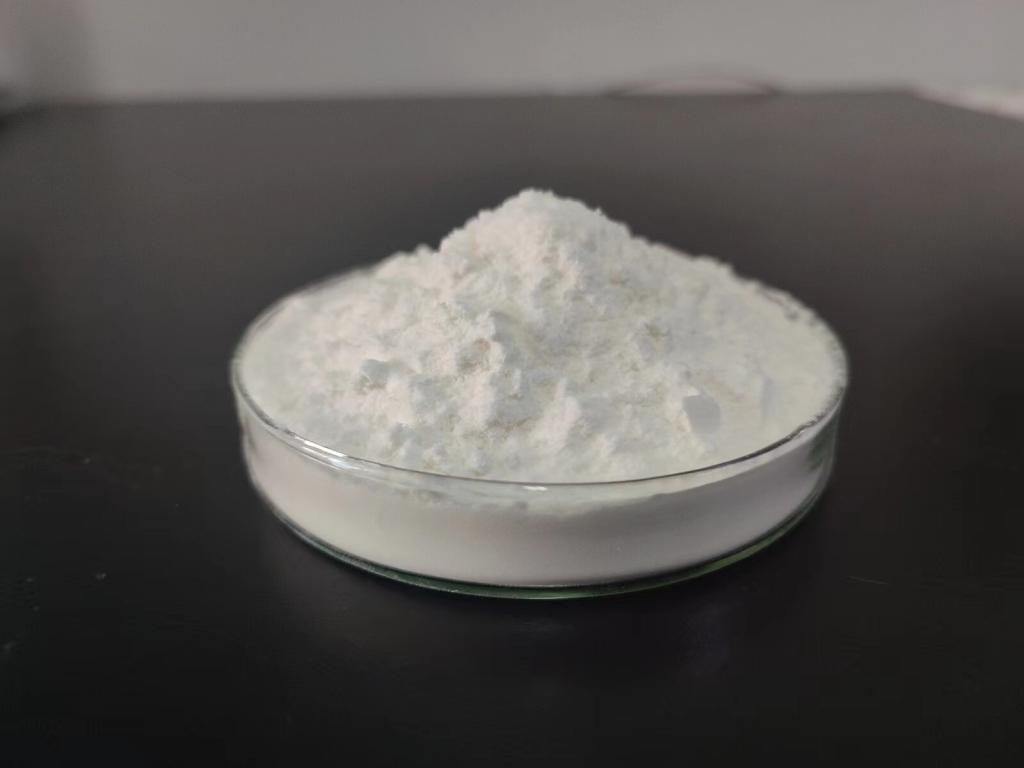Tel:+8618231198596

News
 CONTACT
CONTACT
 CONTACT
CONTACT
- Linkman:Linda Yao
- Tel: +8618231198596
- Email:linda.yao@dcpharma.cn
- Linkman:CHARLES.WANG
- Department:Overseas
- Tel: 0086 0311-85537378 0086 0311-85539701
News
Current Position:
Home >
News
>How does the use of ε-Polylysine hydrochloride affect the manufacturing process?
How does the use of ε-Polylysine hydrochloride affect the manufacturing process?
TIME:2023-05-11
Manufacturing Process Considerations
Ingredient Compatibility: ε-Polylysine hydrochloride is generally compatible with a wide range of food ingredients. However, certain interactions may occur, particularly with proteins and other charged ingredients. Formulators need to consider the compatibility of ε-polylysine hydrochloride with other ingredients to ensure stability and efficacy during the manufacturing process.
Mixing and Dissolution: ε-Polylysine hydrochloride is typically available as a powder or solution and requires proper mixing and dissolution to ensure even distribution in the product. Proper mixing techniques and sufficient time for dissolution should be considered during the manufacturing process to achieve a homogeneous distribution of ε-polylysine hydrochloride.
Process Temperature and pH: The manufacturing process may involve heating or cooling steps that could potentially affect the stability and antimicrobial activity of ε-polylysine hydrochloride. Manufacturers should optimize process parameters such as temperature and pH to ensure the preservation efficacy of ε-polylysine hydrochloride is maintained throughout the production process.
Formulation Optimization: The concentration of ε-polylysine hydrochloride in the product formulation should be carefully determined to achieve the desired antimicrobial effect while minimizing any potential sensory or functional changes in the final product. Formulation optimization studies are necessary to determine the optimal concentration and evaluate its impact on the manufacturing process.
Cost Considerations
Raw Material Cost: The cost of ε-polylysine hydrochloride as a raw material may vary depending on factors such as sourcing, production methods, and market availability. Manufacturers should consider the cost implications and availability of ε-polylysine hydrochloride when incorporating it into their formulations.
Manufacturing Efficiency: The addition of ε-polylysine hydrochloride to the manufacturing process may require additional steps or adjustments in equipment and procedures. The impact on manufacturing efficiency, including labor, time, and energy requirements, should be considered to assess its effect on overall production costs.
Shelf Life Extension: One of the primary benefits of ε-polylysine hydrochloride is its ability to extend the shelf life of food products. By reducing spoilage and waste, ε-polylysine hydrochloride can potentially offset costs associated with product losses and disposal, resulting in overall cost savings.
Regulatory Compliance: Compliance with regulatory standards and guidelines is crucial for manufacturers using ε-polylysine hydrochloride. Costs associated with obtaining regulatory approvals and conducting safety assessments should be considered in the overall cost analysis.
Consumer Perception: Consumer acceptance and willingness to pay for products containing ε-polylysine hydrochloride can influence the marketability and pricing strategy. Market research and consumer studies can provide insights into consumer preferences and the potential impact on the perceived value and price of the final product.
Conclusion
The use of ε-polylysine hydrochloride in food preservation introduces considerations in the manufacturing process and cost of the final product. Formulators need to assess ingredient compatibility, optimize formulation, and consider process parameters to ensure efficacy and stability during manufacturing. The cost implications involve raw material costs, manufacturing efficiency, shelf life extension, regulatory compliance, and consumer perception.
While the addition of ε-polylysine hydrochloride may introduce some additional costs, the benefits, such as extended shelf life and reduced food waste, can offset these expenses. Manufacturers must carefully evaluate the cost-benefit analysis to determine the feasibility and economic viability of incorporating ε-polylysine hydrochloride into their products.
Furthermore, advancements in production technologies and increased market demand for natural preservatives may lead to economies of scale and potential cost reductions in the future. Ongoing research and development efforts can also contribute to the optimization of manufacturing processes, resulting in more cost-effective production methods.
It is important to note that the cost of ε-polylysine hydrochloride should be weighed against the potential benefits it provides in terms of shelf life extension, reduced food waste, and improved food safety. Additionally, considering the growing consumer demand for natural and sustainable food products, the market value of food products preserved with ε-polylysine hydrochloride could be positively influenced.
In conclusion, the use of ε-polylysine hydrochloride in food preservation can impact the manufacturing process and cost of the final product. Formulators should carefully consider ingredient compatibility, formulation optimization, and process parameters to ensure efficacy and stability. While there may be some additional costs associated with incorporating ε-polylysine hydrochloride, the benefits of extended shelf life, reduced food waste, and improved food safety can outweigh these expenses. With ongoing advancements and increased market demand, the cost-effectiveness of ε-polylysine hydrochloride in food preservation is expected to improve, contributing to a more sustainable and efficient food industry.
- Tel:+8618231198596
- Whatsapp:18231198596
- Chat With Skype







